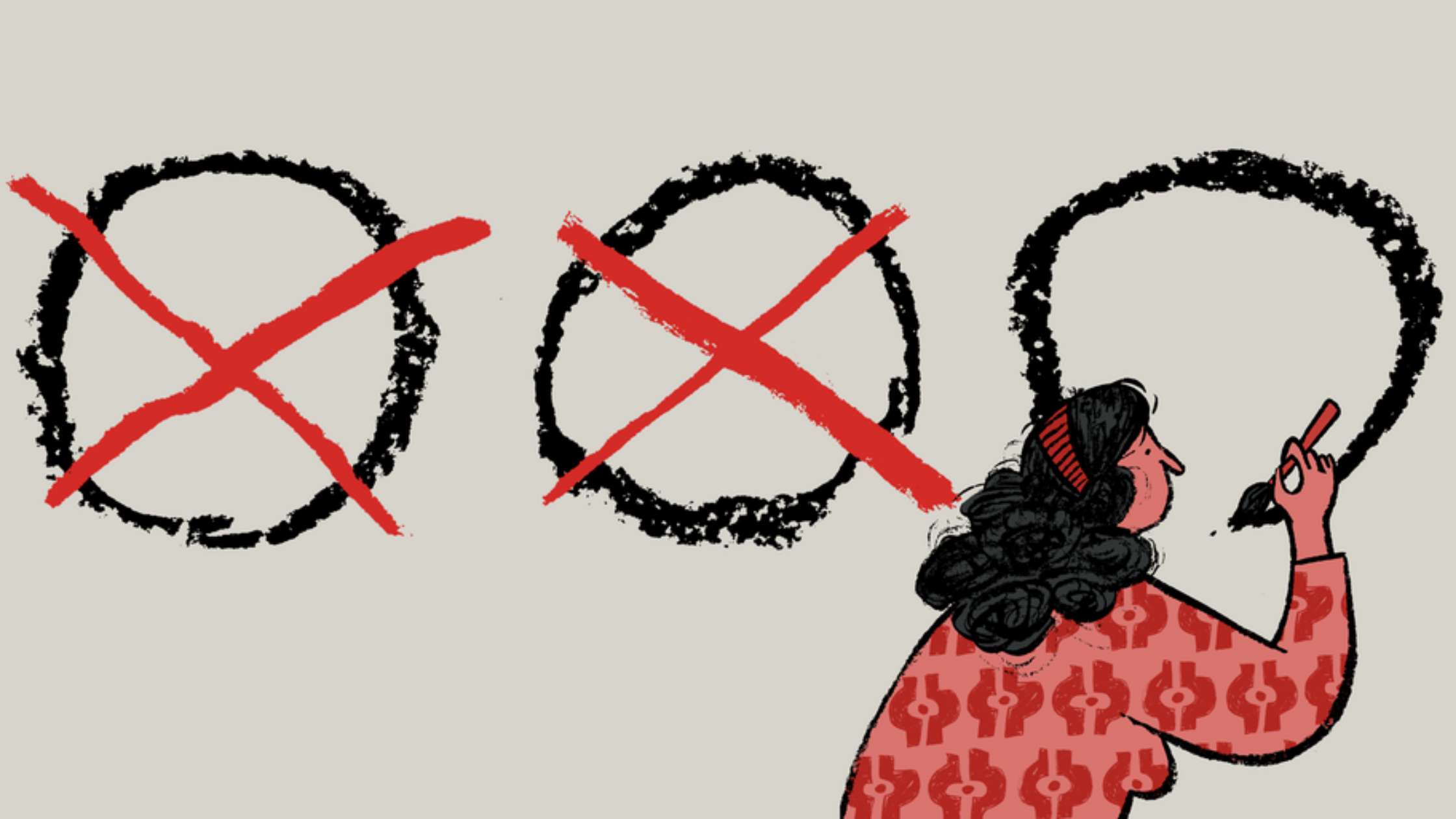
As I have worked with executives and new professional coaches, I have found that many times the main blockage for results is perfectionism. In my own work numerous times I have delayed, procrastinated, or abandoned things because they don’t reach the level of “perfection” that I needed.
The meaning I found in the dictionary for perfectionism is a refusal to accept any standard short of perfection. What is interesting is that the definition of perfection says the condition, state, or quality of being free or as free as possible from all flaws or defects. Wow! It surprised me that it said “as free as possible.” Are we not making our best effort and producing work that is as free as possible from flaws and defects? Even in the Merriam-Webster dictionary I found perfection as an unsurpassable degree of accuracy of excellence. And again, it is not our work at each specific moment at an unsurpassable degree in that specific moment?
You may say I am playing with words and with the concept of time and the present moment that fascinates me. But the fact is that I have found that perfectionism for me has had two faces in my life. On one side I think I provide better quality because of my attention to eliminate flaws, mistakes, or defects. On the other side I have found perfectionism to be my enemy and worst obstacle when it comes to trying new things and embracing failure as the way to success.
Fail often so you succeed faster is a quote that I read once but that I have found difficult to apply, especially when my inner perfectionist kicks in. And I believe the reason is again that my animal brain is protecting me from ridicule or losing credibility with a failure. The intentional cognitive brain needs to come to the rescue to increase our performance by eliminating this obstacle.
These are the 3 steps that you can apply to stay on the good side of perfectionism:
- Notice your fear. At the end of the day perfectionism is not anything else than our brain protecting us from failure. Notice your fear of failure, notice your fear of affecting your image or losing credibility; and reflect in the fact that your brain is doing its work but that does not mean that you must freeze action because of perfectionism, you are not going to lose points. If anything, you are going to gain them by being recognized as brave, innovative and self-confident.
- Confirm your best effort. Stay on the good side of perfectionism by making the best effort, maintaining high quality in your work, and resting assured that you have done the best possible and that it does not have to be perfect to be tried. In fact, you need to test it as soon as possible to find the unseen flaws and yes, continue perfecting it.
- Try it. Let me tell you a secret, if you really want perfection your fastest way to it, is trial and error. Once you change fear for courage and you have done your best work, try it. Launch it, show it, test it. That is the fastest way to get feedback, see results and find the points that you need to do it better next time.
Let’s do it together! I try to apply these steps as much as I can and watch how my way to perfection evolves. Will I get there? I don’t think so, and it doesn’t matter I am courageous, working at my best and trying things, and that is a lot of fun! And as I finish this article, I see again through my office window a hummingbird flying in my garden and I can feel great thinking “Wow! That is perfection!”
Don’t wait to start your perfection process.
